|
#3
4th December 2019, 03:33 PM
| |||
| |||
| Re: WBSU Botany General Syllabus
The syllabus/course structure for B. Sc. Degree Course in Botany offered by WBSU (West Bengal State University) is as follows: Paper - I Theoretical 1 Algae 1. General account: - 1.1 Thallus organization; 1.2 Ultra-structure of Plastid, Flagella and Flagellar roots; 1.3 Ultra-structure of Heterocyst and Nitrogen fixation; 1.4 Origin and Evolution of sex, and Alternation of Generations. 2. Classification: - 2.1 Classification by Bold & Wynne (1996) - upto class with characters and examples; 2.2 Salient features of Chlorophyceae, Charophyceae, Xanthophyceae, Phaeophyceae and Rhodophyceae. 3. Cyanophyceae: - 3.1 Ultra-structure of cell; 3.2 Reproduction; 3.3 Systematic position in the biological world. 4. Bacillariophyceae [Diatoms]: - 4.1 Salient feature and Cell structure; 4.2 Reproduction & Auxospore formation. 5. Thallus organization, Reproduction (including the development of zygote) and Alternation of Generations in - Oedogonium, Chara, Vaucheria, Laminaria and Polysiphonia. 6. Economic Importance: - 6.1 Food, Fodder & Phycocolloid (Agar-Agar, Algin & Carrageenan); 6.2 Diatomite; 6.3 Production of SCP & Biofertilizer; 6.4 Algal toxins. Fungi & Lichen 1. General account: - 1.1 Habits; 1.2 Ultra-structure of cell; 1.3 Spore forms and spore liberation; 1.4 Homothallism & Heterothallism; 1.5 Anamorph, Teleomorph, Degeneration of sex and Parasexuality; 1.6 Aflatoxins; 1.7 Mycorrhiza – salient features, and role in agriculture and forestry. 2. Classification: - 2.1 Concept of Kingdoms - Protists/Protozoa, Stramenopila and Fungi/Mycota; 2.2 Classification of kingdom Fungi & Stramenopila, following Hawksworth et al. (1995), upto phylum with characters and examples. 3. Representatives of diverse groups: - 3.1 Reproduction, Life cycle pattern and systematic position (following any system prescribed after 1975) of the following genera - Synchytrium, Rhizopus, Ascobolus and Agaricus. 4. Lichen: - 4.1 Types; 4.2 Reproduction; 4.3 Economic importance. 4.4 Role of Lichens in plant succession and pollution monitoring. 5. Economic & Medicinal Importance: - 5.1 Mushrooms - Food value & binomials of the Indian cultivars of the genera - Agaricus, Calocybe, Pleurotus and Volvariella; 5.2 Fungal sources and uses of - SCP, Baker’s yeast, Ethanol, Citric acid, Tryptophan, -Amylase, Riboflavin, Griseofulvin, Nystatin and Cyclosporin; 5.3 Medical Mycology - Definition of Mycosis; Causal Organisms and Antibiotic used in the mycoses as ‘Ring worm’ or Trichophytosis and Candidiasis. Microbiology 1. Microorganisms and study of Microbiology – Primary concept; 1.1 Classification of Microorganisms and Kingdoms of Prokaryotes (Prokaryotae) and Eukaryotes (G. E. Murray 1968 & R. H. Whittaker 1969)[Preliminary idea]; 1.2 Molecular basis of modern Classification, Signature Codons, Three Domain Concept of classification (Carl R. Woese 1978) and Concept of Universal Phylogenetic Tree (Norman R. Pace 1997) [Only basic concept]. 2. Archaea: - 2.1 Characteristics (brief outline); 2.2 Cell wall; 2.3 Occurrence. 3. Bacteria: - 3.1 General features; 3.2 Bacterial Growth - Binary fission, Exponential growth & Growth curve (general pattern in a closed system with a single carbon source – single phase) 3.3 Chemical natures, ultra-structures and functions of Glycocalyx, Slime layer, Flagella, Pili, & Fimbriae; 3.4 Cell wall – chemical nature and differences between Gram positive and Gram negative bacteria; 3.5 Bacterial Genome and Plasmid; 3.6 Genetic Recombination – Transformation [general process, natural and induced competence & mechanism of DNA uptake], Conjugation [‘F’ factor, F+ & Hfr males, and chromosome mobilization] and Transduction [General concept and applicability]; 3.7 Bacterial Diversity – General concept and Systematic Position of the following groups: - Photosynthetic bacteria (blue-green, purple & green bacteria, concept of oxygenic and anoxygenic groups), Chlamydiae, Nitrogen fixing bacteria (symbiotic & non-symbiotic), Firmicutes & Mollicutes, Endospore forming bacteria & structure of Endospore, and Actinomycineae. 4. Viruses: - 4.1 Types of viruses and Plant viruses; 4.2 Transmission of plant virus; 4.3 TMV – physicochemical characteristics and its mode of multiplication; 4.4 T4 Phage – structure, infection and lytic cycle; 4.5 Lambda () Phage - mechanism & significance of Lysogeny; 4.6 Viroids and Prions. 5. Applied Bacteriology: - 5.1 Sources (names only) & uses of – Bacitracin, Neomycin, Streptomycin, Chloramphenicol, Amphotericin B, Amylase, Cellulase, Protease, Lysine, & Dextran; 5.2 Bacteria used (only names) in the production of Biofertilizer, Bio-gas & Bio-pesticides ; 5.3 Causal organisms (only names) of Cholera, Bacterial dysentery, Typhoid, Diphtheria, Tuberculosis, Plague and Pneumonia. Plant Pathology 1. Terms and Definitions: - 1.1 Parasite, Pathogen & Vector; 1.2 Primary & Secondary inocula; 1.3 Infection; 1.4 Susceptibility & Virulence; 1.5 Symptoms; 1.6 Necrotroph & Biotroph; 1.7 Disease, Disease Triangle, Disease Cycle (monocyclic, polycyclic & polyetic); 1.8 Sporadic, Endemic, Epidemic & Pandemic diseases; 1.9 Koch’s Postulates. 2. Host - Parasite Interaction: - 2.1 Mechanism of Infection (Pre- & Post- penetration, Mechanical & Biochemical tools of the pathogens; 2.2 Role of Pathotoxins; 2.3 Host Defense - roles of Phytoalexins & Phytoanticipins; 2.4 Resistance - Acquired and Induced systemic resistance. 3. Disease Management: - 3.1 Management Planning; 3.2 Employing Methods (Chemical, Biological & Integrated); 3.3 Quarantine; 3.4 Disease Diagnosis and Disease forecasting (preliminary ideas) 4. Disease Study: - 4.1 Study of symptoms, causal organisms, disease cycles and control measures of the following diseases - (a) Tungro Virus disease of rice, (b) Bacterial Blight of rice, (c) Late Blig Syllabus B. Sc. Degree Course in Botany WBSU (West Bengal State University) 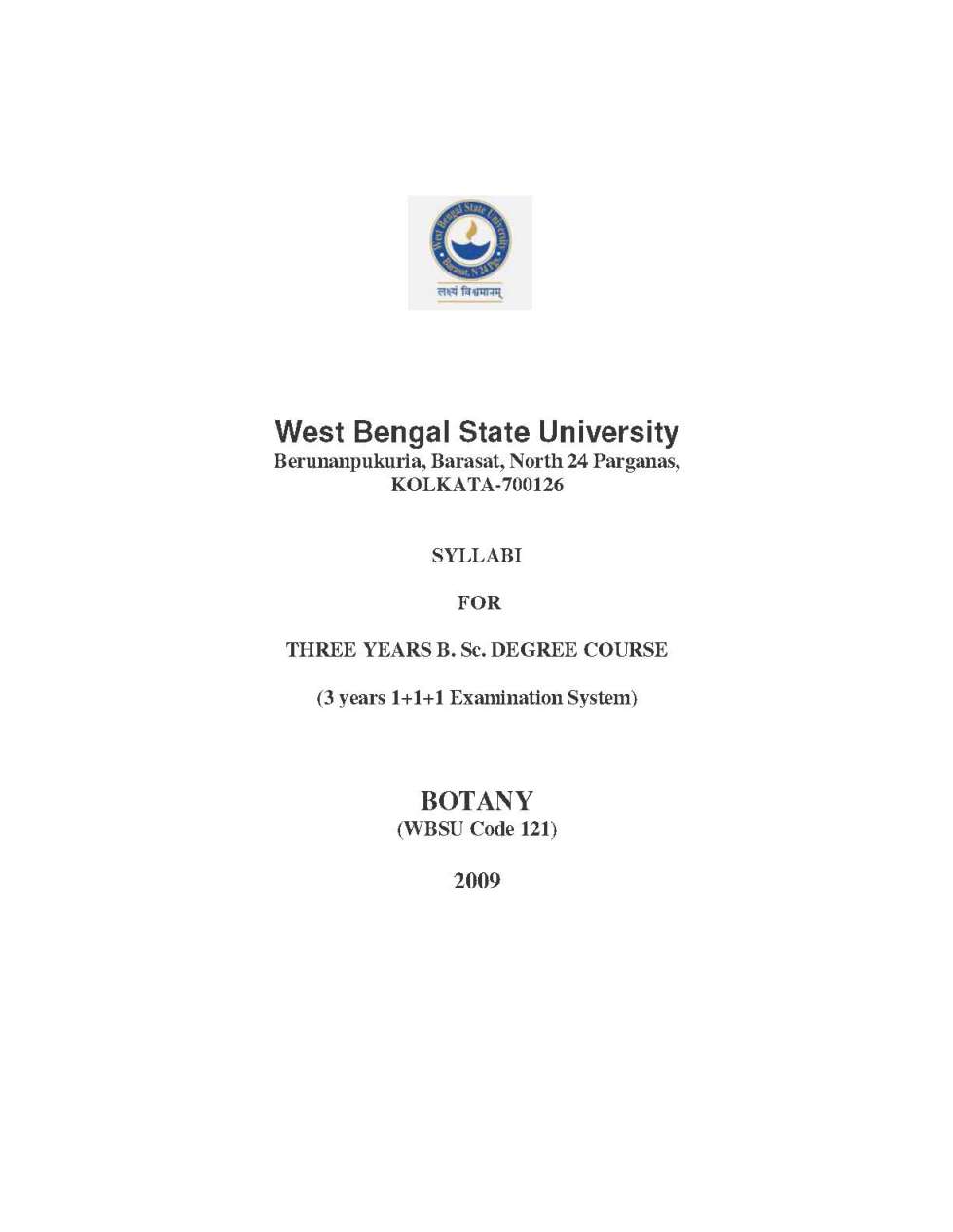 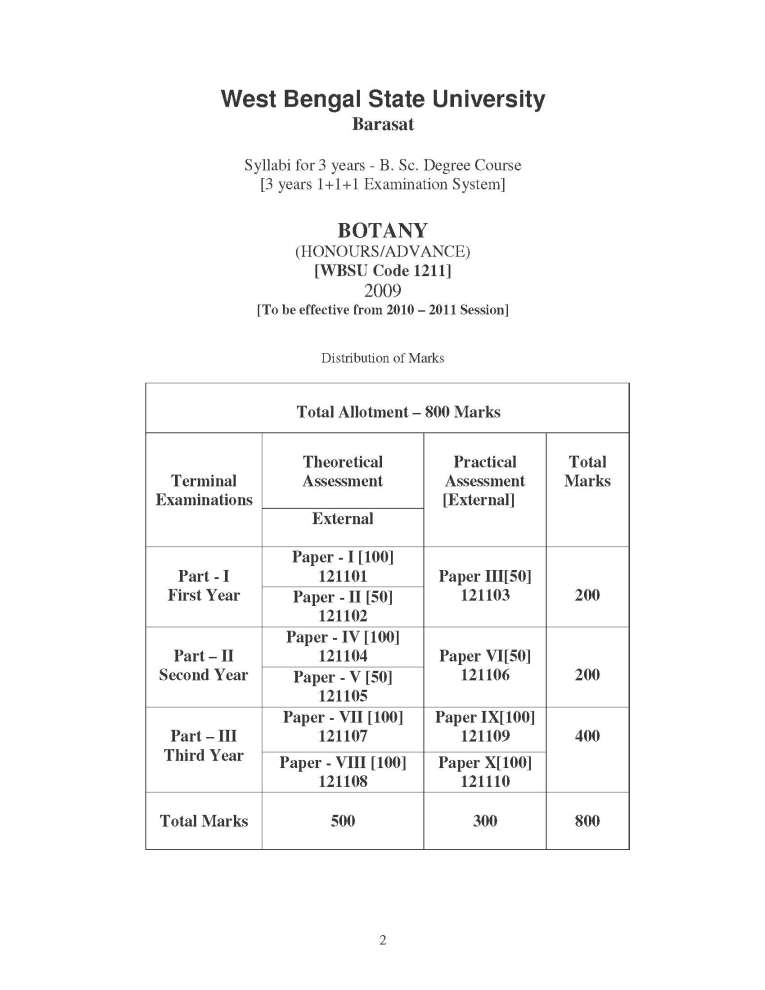 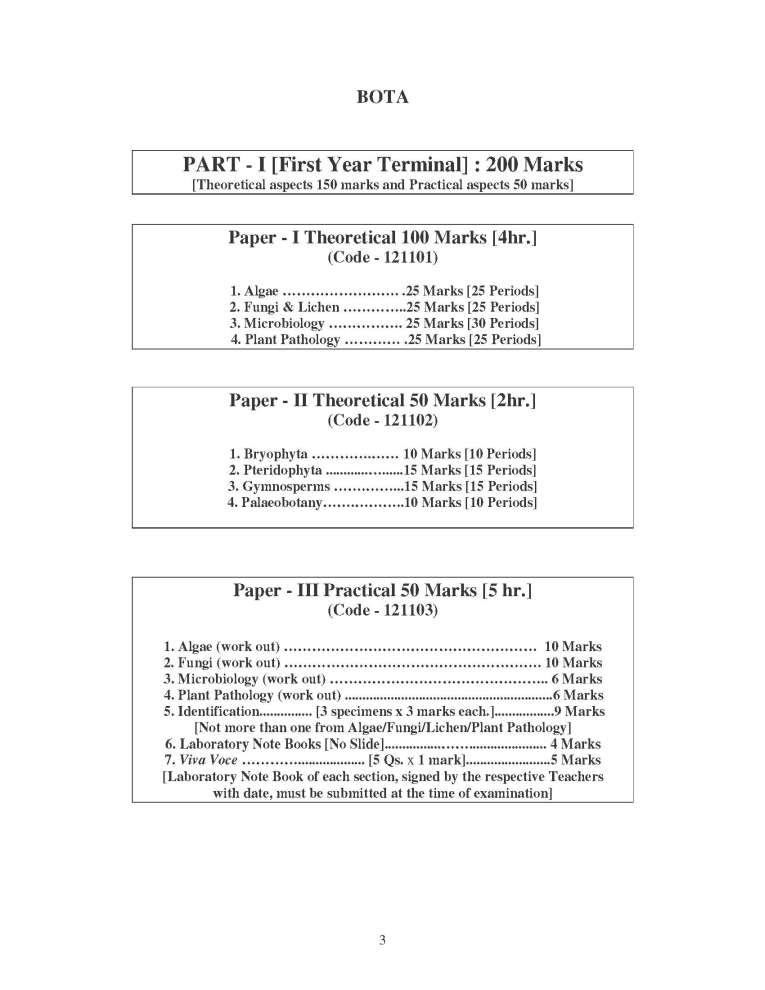 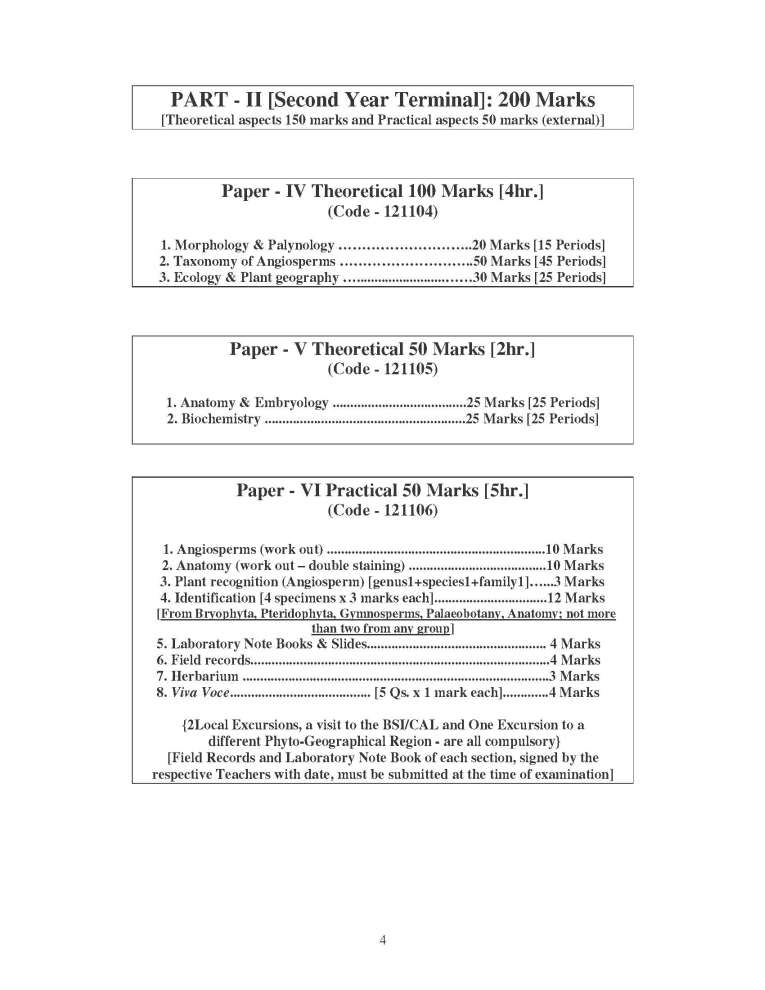 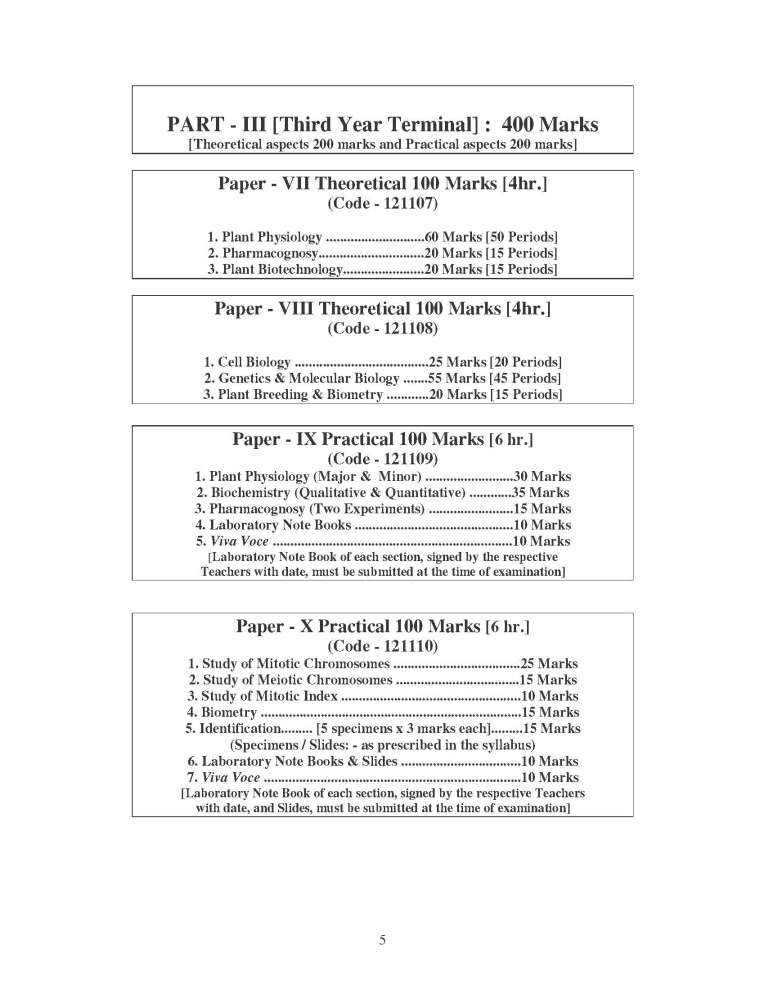 Last edited by sumit; 4th December 2019 at 03:36 PM. |